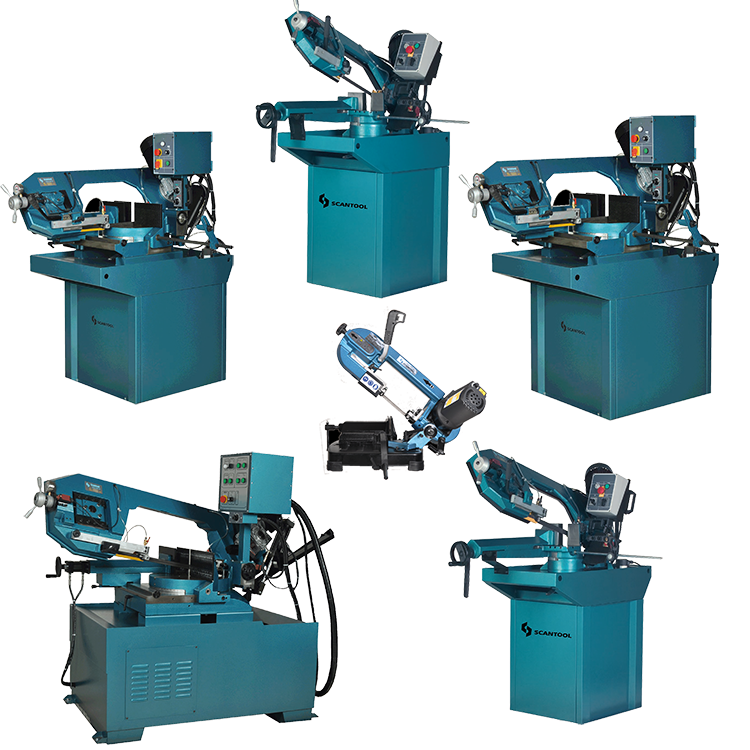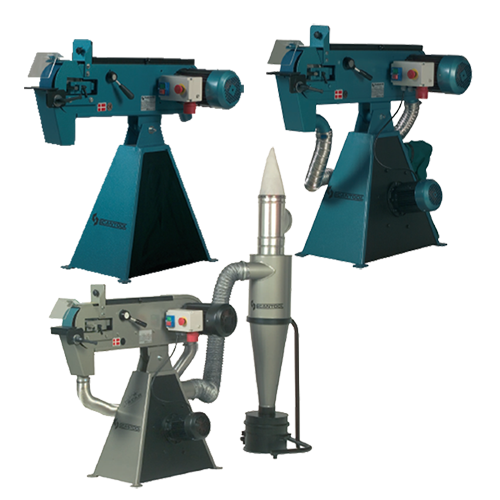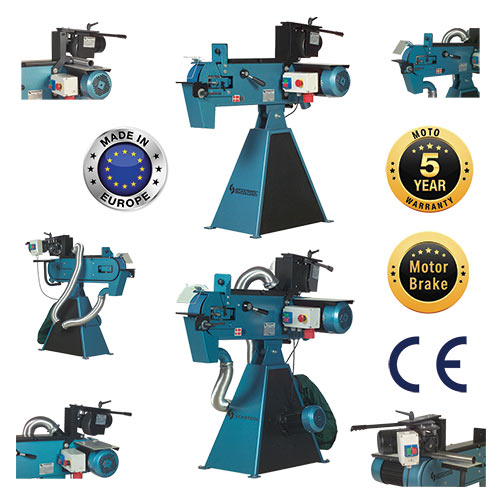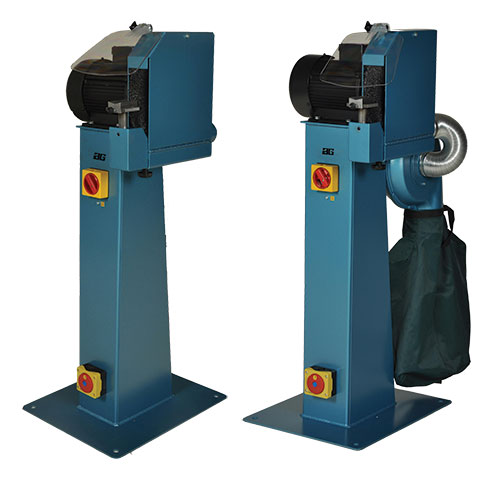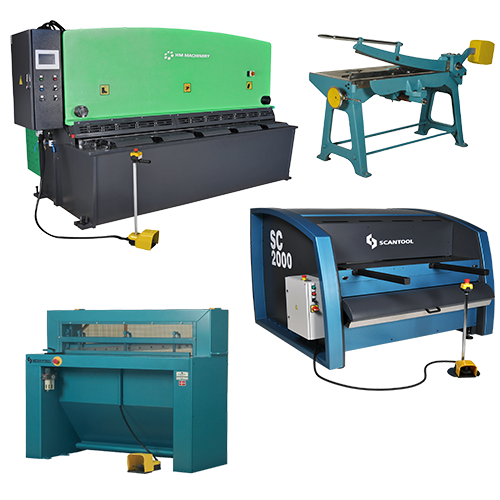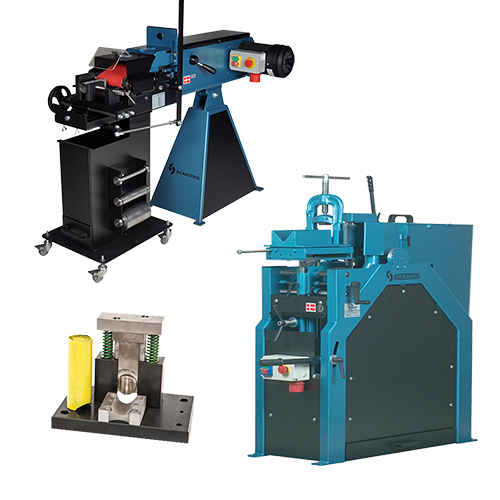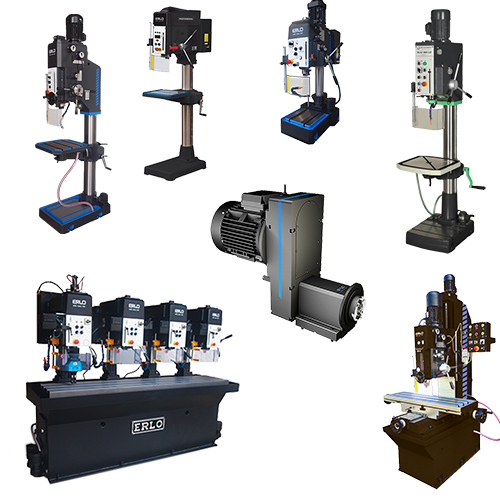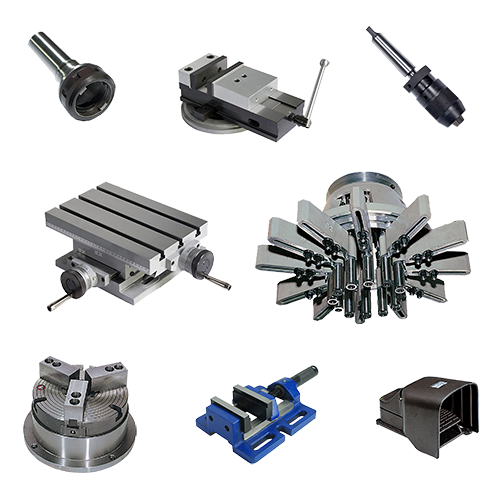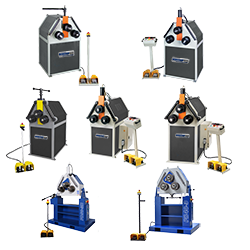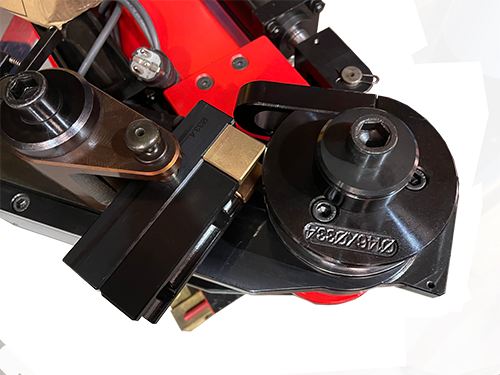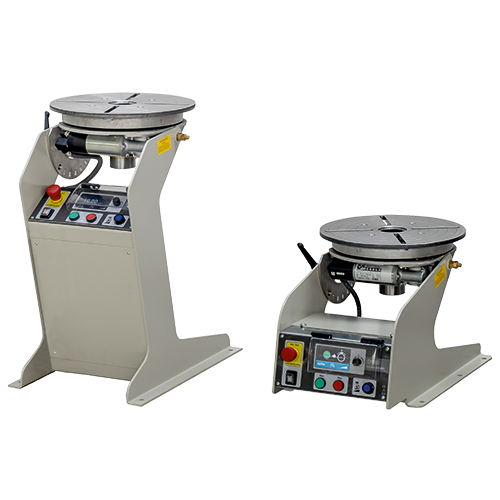At Workshop Press we know that selecting the right type of roller is essential for achieving optimal results in metalworking. Two common options are slip rollers and plate rollers, each with unique features, advantages, and applications. Whether you’re shaping sheet metal or working with thicker materials, understanding the distinctions between these two rollers can help you choose the best fit for your specific needs. In this guide, we’ll compare slip and plate rollers to assist you in making an informed decision.
What Are Slip and Plate Rollers?
Before diving into the differences, let’s define slip and plate rollers.
- Slip Rollers: Slip rollers, or sheet metal rollers, handle lighter materials in thinner gauges and shape sheet metal into cylinders, cones, and other curved forms. Slip rollers are ideal for tasks that require precision and flexibility with thin sheets.
- Plate Rollers: Plate rollers, or plate bending machines, are built for thicker, heavier materials. These machines have robust frames and high-power capabilities, allowing them to handle greater bending forces. Plate rollers are ideal for heavy-duty applications where thicker metal sheets or plates need to be formed into specific shapes.
Key Differences Between Slip and Plate Rollers
To help you decide between slip and plate rollers, let’s explore the primary differences in design, capabilities, and ideal applications.
1. Material Thickness Capacity
The most significant difference between slip and plate rollers is their capacity to handle material thickness.
- Slip Rollers: Designed for thin sheets, typically in the range of 20 to 26 gauge. They can handle soft metals and thinner sheet materials, which makes them perfect for light-duty metalworking projects.
- Plate Rollers: Built for thicker materials, plate rollers are equipped to handle sheets up to 1 inch or more, depending on the model. Their reinforced structure allows them to work with harder metals and thicker plates.
If you work primarily with thin sheets, slip rollers are likely the better choice. For thicker materials, plate rollers provide the necessary force and capacity.
2. Roller Design and Adjustability
The design and adjustability of slip and plate rollers vary, impacting their usability and the types of projects they can handle.
- Slip Rollers: Slip rollers usually feature three rollers and allow for easy manual adjustments, providing flexibility in bending radii and shapes. They’re equipped with removable top rollers, which makes it easier to remove the material once it’s been shaped.
- Plate Rollers: Plate rollers often have a four-roll or three-roll design with enhanced adjustability for handling heavy materials. Many plate rollers come with hydraulic or motorised adjustments, allowing for greater control over the bending process, particularly with large and heavy plates.
Slip rollers are ideal for workshops that require frequent adjustments, while plate rollers provide more control and stability for heavy-duty tasks.
3. Power Source: Manual vs. Motorised
Slip and plate rollers differ in how they’re powered, which can impact ease of use and efficiency.
- Slip Rollers: Typically available in manual versions, slip rollers are operated by hand, making them suitable for smaller, detailed projects. Manual slip rollers are ideal for workshops with light workloads or when working with thin, easy-to-shape materials.
- Plate Rollers: Plate rollers are generally motorised or hydraulic due to the high force required to bend thicker materials. Motorised plate rollers enhance productivity and consistency, particularly in high-volume or industrial applications.
For smaller-scale projects, a manual slip roller can be effective, but for high-demand applications, a motorised plate roller provides the necessary power and efficiency.
Applications and Suitability: Where Each Roller Type Excels
Each roller type has strengths in specific applications, so let’s explore where slip and plate rollers excel.
Slip Roller Applications
Slip rollers are versatile tools for metalworking shops focused on shaping thin materials. Here are some common applications:
- Creating Cylinders and Cones: Slip rollers are ideal for forming thin sheets into cylindrical or conical shapes, commonly used in projects like ductwork or decorative items.
- Light-Duty Projects: For tasks that don’t require heavy force, such as working with soft metals or thin sheets, slip rollers provide ample power and precision.
- Prototyping and Craft Work: Slip rollers are popular for small workshops, artistic projects, and prototyping, where the user needs flexibility without the need for high tonnage.
For workshops focused on lighter, detailed work, slip rollers are an effective and efficient choice.
Plate Roller Applications
Plate rollers are built for heavy-duty applications that require significant force and durability. Common applications include:
- Heavy-Duty Bending: For projects involving thick metal plates, such as structural components or industrial tanks, plate rollers provide the power needed to create precise bends.
- High-Volume Fabrication: Plate rollers are designed for repetitive tasks and are commonly used in high-volume production, such as manufacturing pipelines or heavy machinery parts.
- Industrial Fabrication: Plate rollers are ideal for large-scale fabrication projects where thicker materials are standard, particularly in industries such as construction, shipbuilding, and energy.
For industrial applications requiring high tonnage and thick material bending, plate rollers offer unmatched durability and force.
Pros and Cons of Slip and Plate Rollers
To help you further evaluate these tools, here’s a breakdown of the pros and cons of each type.
Slip Rollers
Pros:
- Compact and suitable for small workshops.
- Ideal for light-duty applications and thin materials.
- Manual operation offers flexibility and easy adjustment.
Cons:
- Limited capacity for thicker materials.
- Not suitable for heavy-duty applications.
- Manual operation may limit productivity for larger projects.
Slip rollers are ideal for workshops focused on lighter applications and smaller, detailed work.
Plate Rollers
Pros:
- Capable of handling thick materials and heavy-duty tasks.
- Motorised or hydraulic options increase efficiency.
- Suitable for high-volume industrial applications.
Cons:
- Requires more floor space.
- Generally more expensive than slip rollers.
- May require skilled operators for optimal results.
Plate rollers are best suited for industrial workshops that need power, capacity, and high-volume productivity.
Factors to Consider When Choosing Between Slip and Plate Rollers
To make the best choice, consider the following factors based on your workshop’s needs:
1. Material Type and Thickness
Assess the materials you work with most frequently. Slip rollers are suited to thin sheets, while plate rollers are necessary for thicker, tougher metals.
2. Workshop Space
If space is limited, a compact slip roller may be preferable. Plate rollers tend to be larger, requiring adequate floor space in your workshop.
3. Power Needs
Determine if manual operation suits your workload. For heavy or repetitive tasks, motorised plate rollers provide enhanced efficiency.
4. Application Requirements
Consider the type of projects you typically undertake. Slip rollers handle lighter projects effectively, while plate rollers excel in high-volume and heavy-duty fabrication.
FAQs
Can a slip roller handle thick metal sheets?
No, slip rollers are designed for thin sheets. For thicker materials, a plate roller is the better choice due to its capacity and structural strength.
Are plate rollers suitable for small workshops?
Plate rollers require more space than slip rollers. If your workshop is limited in space, consider if you have the necessary room for a plate roller before purchasing.
Which roller type is best for high-volume production?
Plate rollers, especially motorised or hydraulic models, are ideal for high-volume production as they offer the power and consistency needed for repetitive tasks.
Can slip rollers create both cylinders and cones?
Yes, slip rollers can be adjusted to form both cylindrical and conical shapes, making them versatile for shaping thin metal sheets.
Is a manual roller sufficient for industrial applications?
For most industrial applications, a motorised or hydraulic plate roller is recommended to handle the high force needed for thicker materials.
Conclusion: Choosing the Best Roller for Your Metalworking Needs
Selecting between slip and plate rollers ultimately depends on your specific workshop requirements. Slip rollers offer flexibility, precision, and a compact design, making them ideal for small to medium metalworking projects that involve thinner materials. Plate rollers handle heavy-duty applications, high-volume production, and thicker materials, making them essential for industrial-level tasks.
Consider factors like material type, thickness, power needs, and workshop space when choosing the best roller for your needs. With the right roller in place, your workshop will be well-equipped to tackle projects efficiently and accurately.
Ready to enhance your metalworking capabilities?
Visit Workshop Press today to explore our expertly crafted range of slip and plate rollers and find the ideal solution for your workshop.


